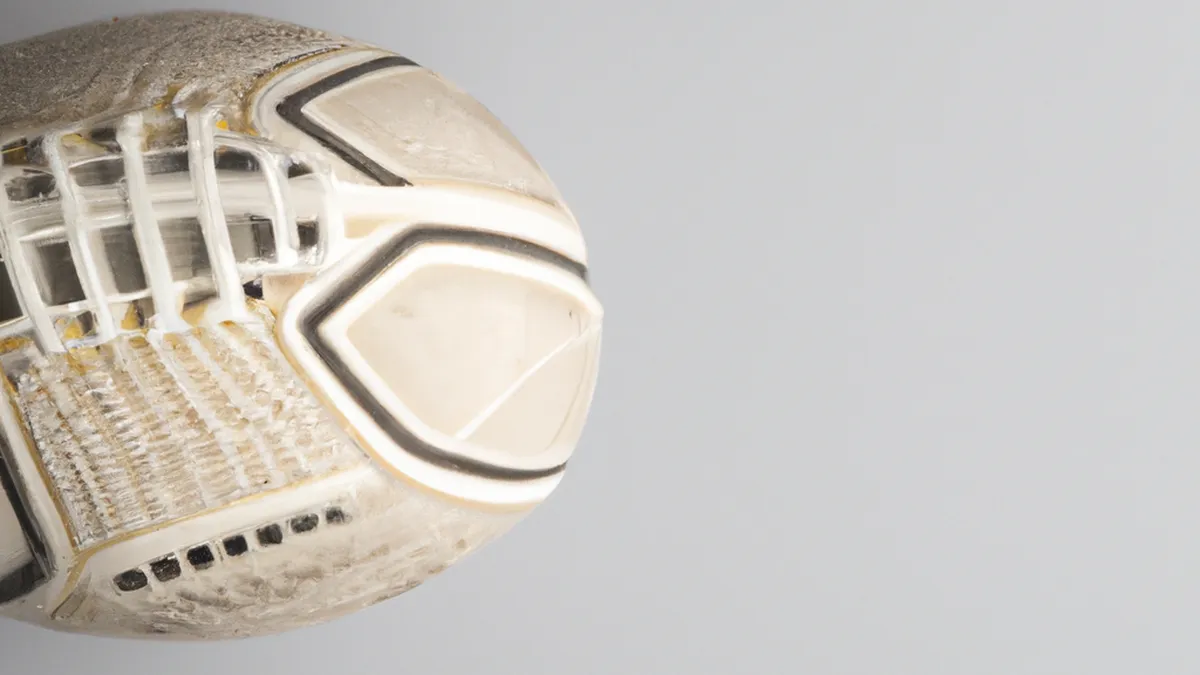Influence Stress Levels with Standing Workspaces
The Relationship Between Standing Desk Use and Stress Management Strategies
In today’s fast-paced world, many people experience constant stress. Work, family, and personal pressures can feel overwhelming. Individuals actively seek effective stress management methods. One popular solution is the standing desk. Research shows that standing desks can significantly aid in stress management. This blog explores how standing desks can alleviate stress and offers strategies for managing stress levels.
Tips for Effective Standing Desk Use
Switching to a standing desk can greatly improve your work environment and manage stress. Use it correctly to maximize benefits. Here are tips to optimize your standing desk experience:
1. Adjust Your Desk Height
Ensure your desk sits at the right height for effective use. When standing, keep your elbows at a 90-degree angle while typing. An incorrect desk height can cause discomfort and strain, distracting you and increasing stress. Proper height improves posture and comfort, enhancing your focus on tasks.
2. Use a Comfortable Mat
Standing for long periods can cause fatigue in your feet and legs. Invest in an anti-fatigue mat for cushioning and support. These mats make standing more comfortable and reduce bodily strain. By alleviating physical discomfort, you maintain focus and productivity, which helps manage stress levels effectively.
3. Take Regular Breaks
Even with a standing desk, take breaks regularly. Stand for 30 minutes, then sit for 15 minutes. This balance reduces fatigue and maintains energy throughout the day. Stepping away for a few minutes refreshes your mind, allowing you to return to work with renewed focus.
Effective Stress Management Strategies
Incorporating a standing desk is just one aspect of stress management. Consider these additional strategies for a holistic approach:
1. Incorporate Movement
Movement is essential for stress relief. Add simple stretches or short walks during breaks. These activities boost circulation and reduce muscle tension. Even a few minutes of walking can help clear your mind and relieve stress. Practice deep breathing exercises while standing to enhance relaxation and mental clarity.
2. Stay Hydrated
Hydration plays a crucial role in maintaining mental clarity and well-being. Keep a water bottle at your standing desk to remind yourself to drink throughout the day. Staying hydrated helps you feel alert and focused, reducing stress and anxiety. Dehydration can lead to fatigue and irritability.
Conclusion
In summary, using a standing desk and incorporating movement and hydration can effectively manage stress and improve well-being.
Below are related products based on this post:
FAQ
How can a standing desk help alleviate stress?
A standing desk can alleviate stress by improving posture and comfort, which enhances focus on tasks. It encourages movement and reduces physical discomfort, allowing individuals to maintain productivity and manage stress levels effectively.
What are some tips for optimizing the use of a standing desk?
To optimize your standing desk experience, adjust the desk height to ensure your elbows are at a 90-degree angle while typing, use an anti-fatigue mat for comfort, and take regular breaks, such as standing for 30 minutes followed by sitting for 15 minutes.
What additional strategies can be combined with standing desk use for better stress management?
In addition to using a standing desk, incorporating movement like stretches or short walks, and staying hydrated by keeping a water bottle nearby can significantly enhance stress management and overall well-being.















Post Comment